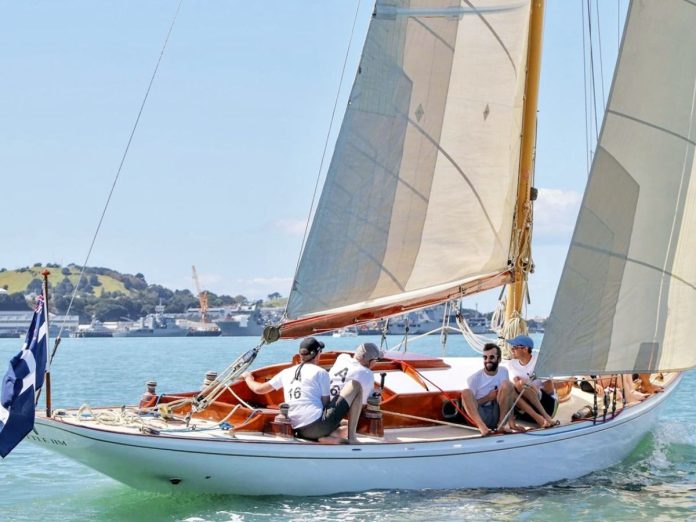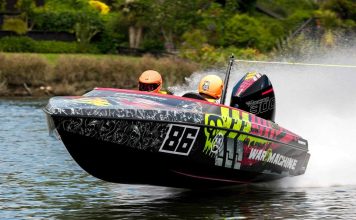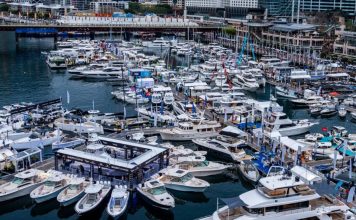Most new boats begin with an upgrade to something familiar. A new hull, a new layout, a new motor. Pegasus comes from a very different place. It starts with a blunt question. Why does one person need so much boat to cross a stretch of water. If a single commuter or daytripper wants to move across a harbour, why drag several tonnes of hull, fuel and engine behind them.
It is a refreshing way to frame the design brief, and it explains why Pegasus looks so unlike anything else on the water. It is not a shrunken runabout or a reworked jet ski. It is a clean sheet experiment in efficiency, weight, and the balance between human input and mechanical help. The fact that it looks like a vintage racecar only adds to the intrigue.
The design logic behind the shape
Pegasus carries its ideas openly. A long, narrow carbon fibre body. A single cockpit. Two foils in a straight line under the hull. This is not styling for effect but a deliberate attempt to keep weight low and balance predictable. With batteries still heavy and drag the enemy of any electric boat, Foil.One went for the only solution that makes high speed electric boating viable. Lift the hull clear.
The foils raise the boat onto its struts at around ten knots, and once flying, drag falls away. That allows the 14.9 kilowatt motor and twin Torqeedo batteries to hold a steady cruise of around twenty knots for two hours or more. All with almost no noise and barely a trace of wake.
The analogue answer to a modern problem
The clever part is the height control system. Many electric foilers lean on software and sensors. Pegasus stays mechanical. A small wand hangs from the front strut and skims the surface. As it touches the water it pushes back, changing the flap on the front foil and creating more lift. As it rises clear it moves forward again, reducing lift. The cycle repeats many times a second.
You do not manage any of this. The system finds the level and maintains it. It feels simple on the water, but the mechanical thinking is elegant, adjustable and robust. Riders can dial in more or less sensitivity depending on the sea state, favouring smooth flight in chop or sharper feedback in flat water.
Steering that feels familiar
Foiling can be intimidating, but Pegasus leans into a set of instincts people already have. The steering handles mimic a bicycle. Push with one hand, pull with the other, and the front foil twists under the hull. As with a bike, that movement brings the boat upright or leans it into a turn. Peg the throttle with your right foot and the craft responds instantly.
It is not a magic carpet. You still balance, lean and countersteer. Yet the sensation feels natural within minutes. Foil.One claims ninety seconds to get airborne, and while conditions will play a part, the design intent is clear. They want to make foiling available to anyone who climbs aboard, not just those with foiling experience.
Where does something like this fit in New Zealand
Pegasus sits in an interesting place. The price alone places it alongside superyacht toys and high end gadgets. Yet it raises useful questions for a country that still pushes commuters onto roads rather than waterways. If one person wants to cross the Waitemata on a calm morning, is it more responsible to move 200 kilograms of carbon fibre or several thousand kilograms of hull and petrol.
This small, silent and efficient craft will not replace anything in our current boating world. But it does challenge our assumptions about what a boat for one person should be. It shows what is possible when you strip away the legacy of loud engines and heavy hulls, and build a machine around efficiency, balance and feel. Whether it becomes common or remains a curiosity, Pegasus points to a smarter way of thinking about small boat design.





















